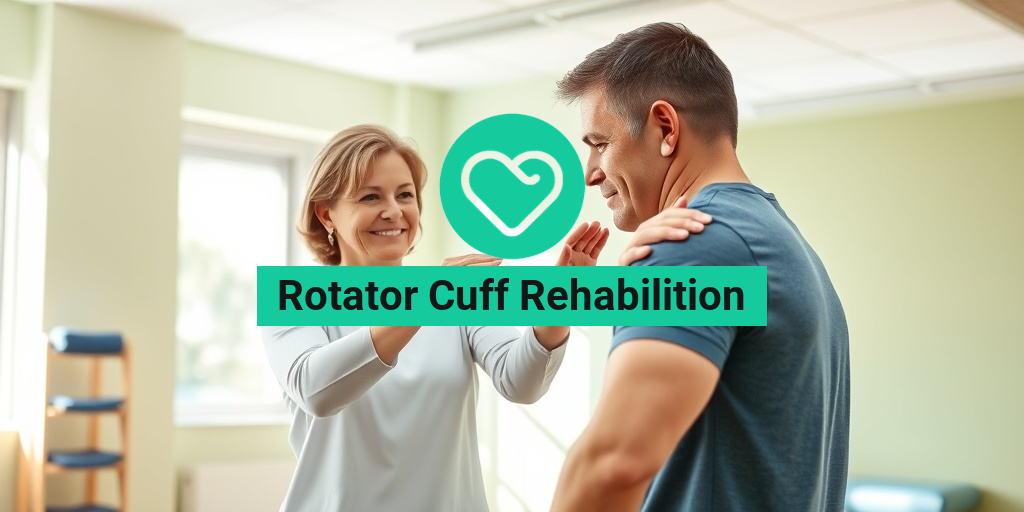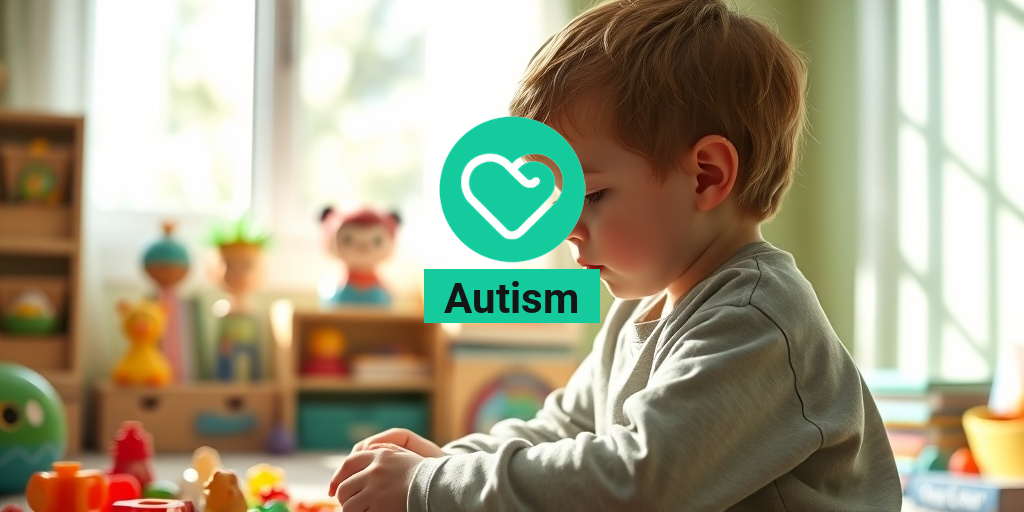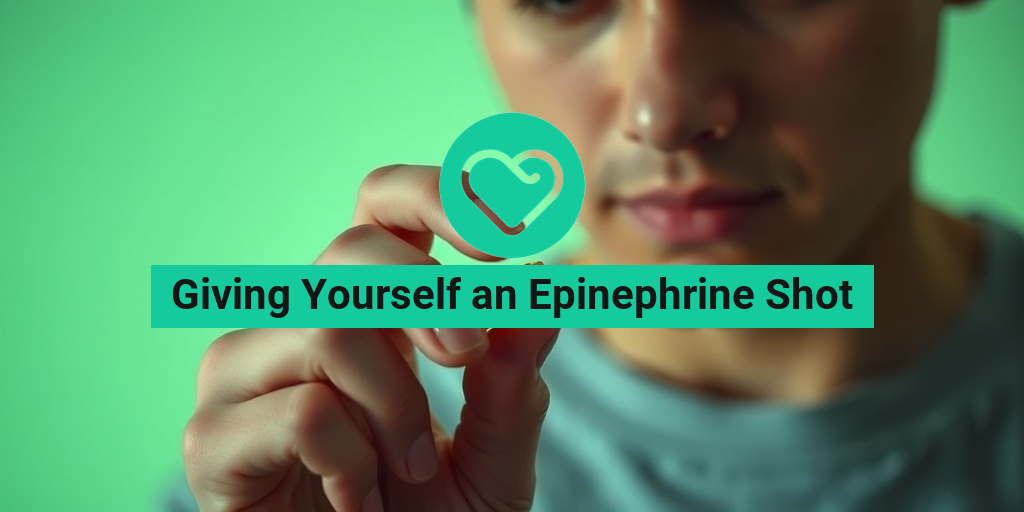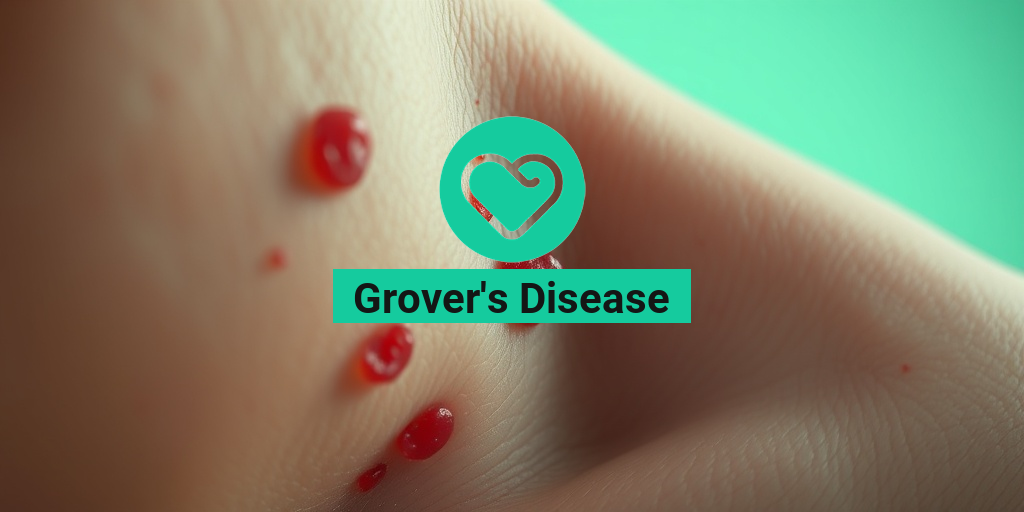What Is Rotator Cuff Rehabilitation?
Rotator cuff rehabilitation is a structured program designed to restore strength, flexibility, and function to the shoulder after an injury or surgery. The rotator cuff is a group of muscles and tendons that stabilize the shoulder joint, allowing for a wide range of motion. When these muscles are injured, whether through overuse, trauma, or degenerative changes, rehabilitation becomes essential to regain normal function and alleviate pain.
The primary goals of rotator cuff rehabilitation include:
- Reducing pain and inflammation
- Restoring range of motion
- Strengthening the shoulder muscles
- Improving overall shoulder function
Rehabilitation can vary significantly depending on the severity of the injury and whether surgery was performed. For those who have undergone surgery, a rotator cuff rehab protocol will typically be more structured and may involve a longer recovery timeline. Conversely, non-surgical rehabilitation often focuses on exercises to strengthen the shoulder without invasive procedures.
Incorporating rotator cuff rehab exercises into your routine is crucial. These exercises are designed to target the specific muscles of the rotator cuff, promoting healing and preventing future injuries. If you’re looking for a comprehensive guide, resources like Yesil Health AI can provide evidence-based information tailored to your needs.
Rotator Cuff Anatomy
Understanding the anatomy of the rotator cuff is vital for anyone undergoing rehabilitation. The rotator cuff consists of four primary muscles:
- Supraspinatus: This muscle is responsible for lifting the arm and is often the most commonly injured.
- Infraspinatus: This muscle helps with external rotation of the shoulder.
- Teres Minor: Similar to the infraspinatus, it assists in external rotation.
- Subscapularis: This muscle is crucial for internal rotation of the arm.
These muscles work together to stabilize the shoulder joint and allow for smooth movement. When any of these muscles are injured, it can lead to pain, weakness, and limited mobility. Understanding this anatomy helps in recognizing the importance of targeted rotator cuff rehab exercises that focus on strengthening these specific muscles.
The Role of Tendons
In addition to the muscles, the rotator cuff includes tendons that connect these muscles to the bones of the shoulder. The tendons can become inflamed or torn due to repetitive overhead activities or acute injuries. This is where a well-structured rotator cuff rehab protocol becomes essential, as it addresses both muscle and tendon recovery.
Common Injuries
Some common injuries associated with the rotator cuff include:
- Rotator Cuff Tears: These can be partial or complete tears and often require surgical intervention.
- Tendinitis: Inflammation of the rotator cuff tendons, often due to overuse.
- Bursitis: Inflammation of the bursa, a fluid-filled sac that reduces friction in the shoulder joint.
Each of these conditions can significantly impact shoulder function, making rehabilitation critical for recovery. A typical rotator cuff rehab timeline can vary, but most rehabilitation programs span several weeks to months, depending on the severity of the injury and the individual’s response to treatment.
In conclusion, understanding the intricacies of rotator cuff rehabilitation and the anatomy of the rotator cuff is essential for effective recovery. Whether you’re dealing with a minor strain or recovering from surgery, a tailored rehabilitation program can help you regain strength and mobility in your shoulder. For more detailed information and personalized guidance, consider visiting Yesil Health AI for expert advice. 💪
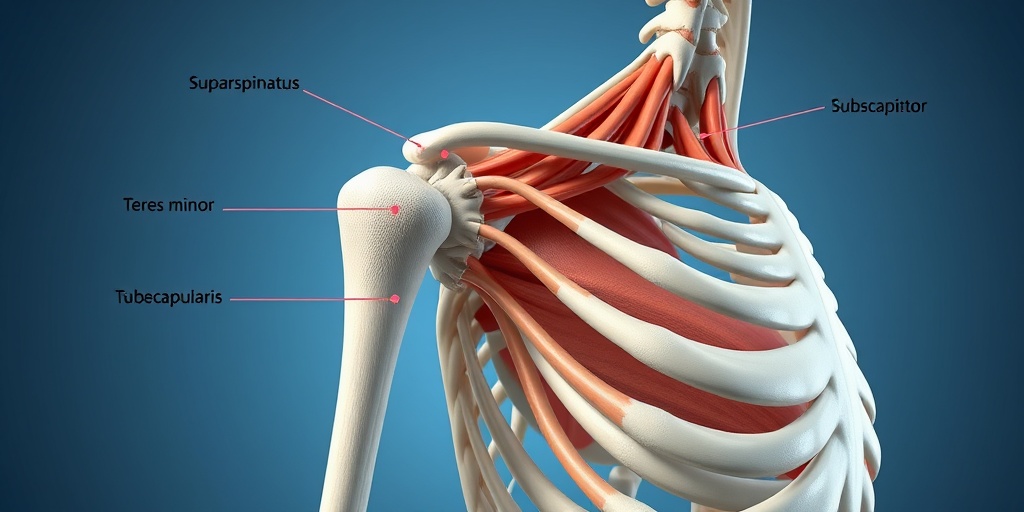
Common Rotator Cuff Injuries
The rotator cuff is a group of muscles and tendons that stabilize the shoulder and allow for a wide range of motion. Unfortunately, this area is prone to injuries, especially among athletes and individuals who perform repetitive overhead activities. Understanding the common types of rotator cuff injuries can help you recognize the signs and seek appropriate rotator cuff rehabilitation when necessary.
1. Rotator Cuff Tears
One of the most prevalent injuries is a rotator cuff tear. This can occur due to acute trauma, such as falling or lifting something heavy, or from chronic wear and tear over time. There are two main types of tears:
- Partial Tear: The tendon is damaged but not completely severed.
- Full-Thickness Tear: The tendon is completely torn, which can significantly impair shoulder function.
2. Tendinitis
Tendinitis refers to the inflammation of the rotator cuff tendons, often caused by repetitive overhead motions. This condition can lead to pain and stiffness, making it difficult to perform daily activities. Athletes, particularly those in sports like baseball or swimming, are at a higher risk for developing tendinitis.
3. Impingement Syndrome
Impingement syndrome occurs when the rotator cuff tendons become compressed during shoulder movements. This can lead to pain and limited range of motion. It often develops alongside tendinitis and can be exacerbated by poor posture or muscle imbalances.
4. Bursitis
Bursitis is the inflammation of the bursa, a small fluid-filled sac that reduces friction between tissues. In the shoulder, bursitis can occur alongside rotator cuff injuries, leading to increased pain and discomfort. It is often a result of repetitive overhead activities or direct trauma to the shoulder.
Symptoms of Rotator Cuff Injuries
Recognizing the symptoms of rotator cuff injuries is crucial for timely intervention and effective rotator cuff rehabilitation. Here are some common signs to watch for:
1. Shoulder Pain
Persistent pain in the shoulder, especially when lifting the arm or reaching overhead, is a primary symptom of rotator cuff injuries. The pain may be sharp or dull and can radiate down the arm. It often worsens at night or during specific activities.
2. Weakness in the Shoulder
Individuals with rotator cuff injuries may experience weakness in the shoulder, making it difficult to lift objects or perform daily tasks. This weakness can be particularly noticeable when trying to raise the arm or perform overhead movements.
3. Limited Range of Motion
A reduced range of motion is another common symptom. You may find it challenging to lift your arm or rotate it without pain. This limitation can significantly impact your ability to engage in sports or even simple activities like reaching for something on a high shelf.
4. Clicking or Popping Sounds
Some individuals may notice a clicking or popping sound when moving their shoulder. This symptom, known as crepitus, can indicate that the rotator cuff tendons are rubbing against the bones in the shoulder joint, often due to inflammation or injury.
5. Night Pain
Pain that worsens at night is a common complaint among those with rotator cuff injuries. This can disrupt sleep and lead to further discomfort during the day. If you find yourself waking up due to shoulder pain, it may be time to consult a healthcare professional.
Understanding these common injuries and their symptoms can empower you to take action. If you suspect a rotator cuff injury, consider seeking guidance on a rotator cuff rehab protocol tailored to your specific needs. Early intervention can lead to better outcomes and a quicker return to your favorite activities! 💪
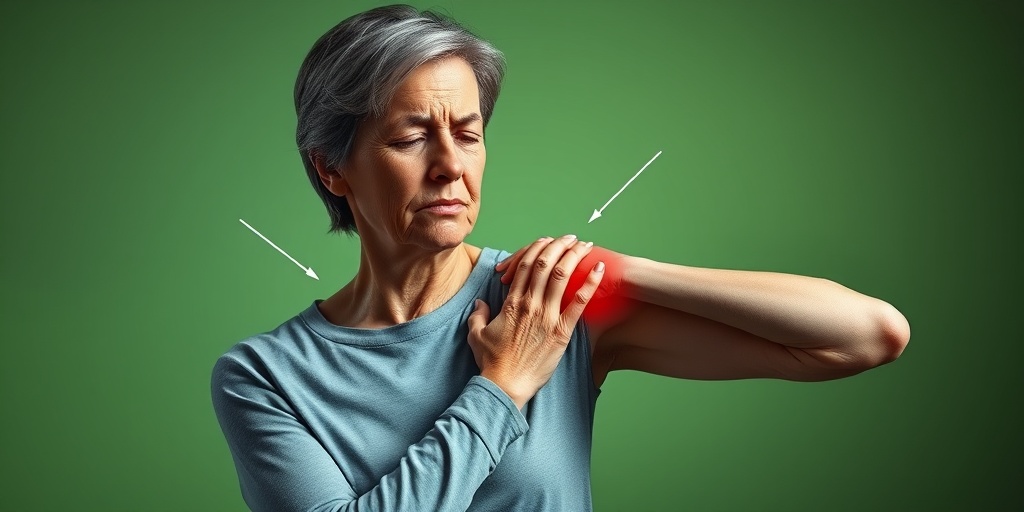
Diagnosis of Rotator Cuff Issues
Diagnosing rotator cuff issues is a crucial first step in ensuring effective rotator cuff rehabilitation. The rotator cuff is a group of muscles and tendons that stabilize the shoulder joint, and injuries can lead to pain, weakness, and limited mobility. Here’s how healthcare professionals typically diagnose these conditions:
1. Medical History Review
Your doctor will start by asking about your medical history, including:
- Any previous shoulder injuries
- Activities that may have contributed to the injury (e.g., sports, heavy lifting)
- Duration and nature of your symptoms
2. Physical Examination
A thorough physical examination is essential. The doctor will assess:
- Range of motion in your shoulder
- Strength tests to evaluate muscle function
- Palpation to identify areas of tenderness or swelling
3. Imaging Tests
If necessary, your doctor may recommend imaging tests to get a clearer picture of the rotator cuff. Common tests include:
- X-rays: Useful for ruling out bone spurs or fractures.
- Ultrasound: Helps visualize soft tissue structures and assess tears.
- Magnetic Resonance Imaging (MRI): Provides detailed images of the rotator cuff and surrounding tissues.
Once a diagnosis is made, your healthcare provider will discuss the best course of action, which may include a rotator cuff rehab protocol tailored to your specific needs. This could involve non-surgical options or, in some cases, surgical intervention.
Rehabilitation Exercises
Rehabilitation exercises are a vital component of rotator cuff rehabilitation. They help restore strength, flexibility, and function to the shoulder. Here are some effective exercises that can be incorporated into your rehab program:
1. Pendulum Stretch
This gentle exercise helps to relieve tension in the shoulder:
- Stand and lean forward slightly, allowing your affected arm to hang down.
- Gently swing your arm in small circles, gradually increasing the size of the circles.
- Perform for 1-2 minutes.
2. Towel Stretch
This exercise improves flexibility:
- Hold a towel behind your back with one hand and grab the other end with your opposite hand.
- Gently pull the towel upward with your top hand, feeling a stretch in your shoulder.
- Hold for 15-30 seconds and repeat 2-3 times.
3. External Rotation
Strengthening the rotator cuff muscles is essential:
- Stand with your elbow bent at 90 degrees, holding a light weight or resistance band.
- Keep your elbow close to your body and rotate your forearm outward.
- Return to the starting position and repeat for 10-15 repetitions.
4. Internal Rotation
This exercise targets the internal rotators:
- Similar to the external rotation, but rotate your forearm inward.
- Perform 10-15 repetitions.
5. Scapular Squeeze
This exercise helps improve shoulder stability:
- Sit or stand with your arms at your sides.
- Pull your shoulder blades together and hold for 5 seconds.
- Repeat 10-15 times.
It’s essential to perform these exercises under the guidance of a healthcare professional, especially if you are recovering from surgery or a significant injury. A well-structured rotator cuff rehab protocol will ensure that you progress safely and effectively. Remember to listen to your body and avoid any movements that cause pain. 🏋️♂️
Incorporating these exercises into your daily routine can significantly enhance your recovery and help you regain full function of your shoulder. Always consult with your healthcare provider before starting any new exercise regimen, especially if you have existing shoulder issues. 🩺
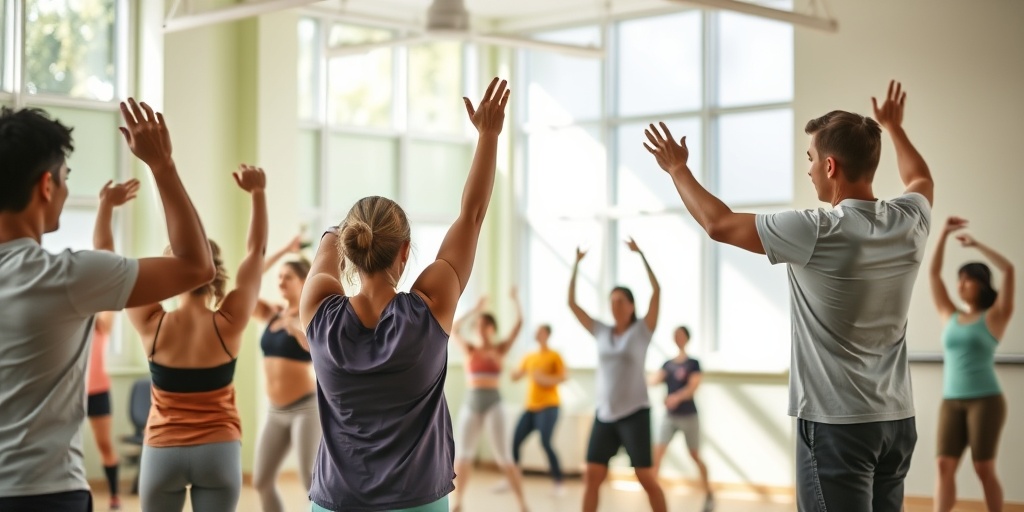
Physical Therapy Techniques
When it comes to rotator cuff rehabilitation, physical therapy plays a crucial role in restoring strength, flexibility, and function to the shoulder. Various techniques are employed by physical therapists to ensure a comprehensive recovery. Here are some of the most effective methods:
1. Range of Motion Exercises
One of the first steps in rotator cuff rehab is to improve the range of motion. These exercises help to gently stretch the shoulder and restore mobility. Common range of motion exercises include:
- Pendulum swings: Lean forward and let your arm hang down, then gently swing it in small circles.
- Wall climbs: Face a wall and use your fingers to “climb” up the wall, gradually increasing the height.
- Cross-body arm stretch: Bring one arm across your body and use the opposite arm to gently pull it closer.
2. Strengthening Exercises
Once the range of motion improves, strengthening exercises become essential. These exercises target the muscles surrounding the rotator cuff, enhancing stability and support. Some effective strengthening exercises include:
- External rotation with resistance bands: Attach a resistance band to a stable object, hold the other end, and rotate your arm outward.
- Internal rotation: Similar to external rotation but pulling the band inward.
- Shoulder shrugs: Lift your shoulders towards your ears and then relax them back down.
3. Manual Therapy
Manual therapy techniques, such as massage and joint mobilization, can significantly aid in rotator cuff rehabilitation. These techniques help to reduce pain, improve circulation, and enhance tissue flexibility. A skilled therapist may use:
- Soft tissue mobilization: Targeting tight muscles and fascia around the shoulder.
- Joint mobilization: Gentle movements to improve joint function and reduce stiffness.
4. Modalities
Physical therapists often use various modalities to complement exercise therapy. These may include:
- Ice therapy: To reduce inflammation and pain post-exercise.
- Heat therapy: To relax muscles and improve blood flow before exercises.
- Ultrasound therapy: To promote healing through deep tissue warmth.
Preventing Future Injuries
After completing a rotator cuff rehab protocol, it’s essential to implement strategies to prevent future injuries. Here are some effective tips to keep your shoulders healthy and strong:
1. Maintain Strength and Flexibility
Continuing with a regular exercise routine that includes both strength and flexibility training is vital. Incorporate exercises that target the rotator cuff and surrounding muscles to maintain stability. Consider:
- Resistance training: Use light weights or resistance bands to strengthen shoulder muscles.
- Stretching: Regularly perform shoulder stretches to maintain flexibility.
2. Use Proper Techniques
Whether you’re lifting weights, playing sports, or performing daily activities, using proper techniques can significantly reduce the risk of injury. Focus on:
- Correct posture: Keep your shoulders back and down while engaging in activities.
- Safe lifting techniques: Bend at the knees and keep the load close to your body.
3. Gradual Progression
When returning to physical activities or sports, it’s crucial to gradually increase intensity and duration. Avoid pushing yourself too hard too soon, as this can lead to re-injury. Follow these guidelines:
- Start slow: Begin with low-impact activities and gradually increase intensity.
- Listen to your body: If you experience pain, take a step back and allow for recovery.
4. Regular Check-ups
Regular visits to a physical therapist or healthcare provider can help monitor your shoulder health. They can provide personalized advice and adjustments to your exercise routine as needed. This proactive approach can help catch potential issues before they become serious.
By incorporating these preventive strategies into your routine, you can significantly reduce the risk of future injuries and maintain a healthy, functional shoulder. Remember, a strong foundation is key to a successful recovery and long-term shoulder health! 💪
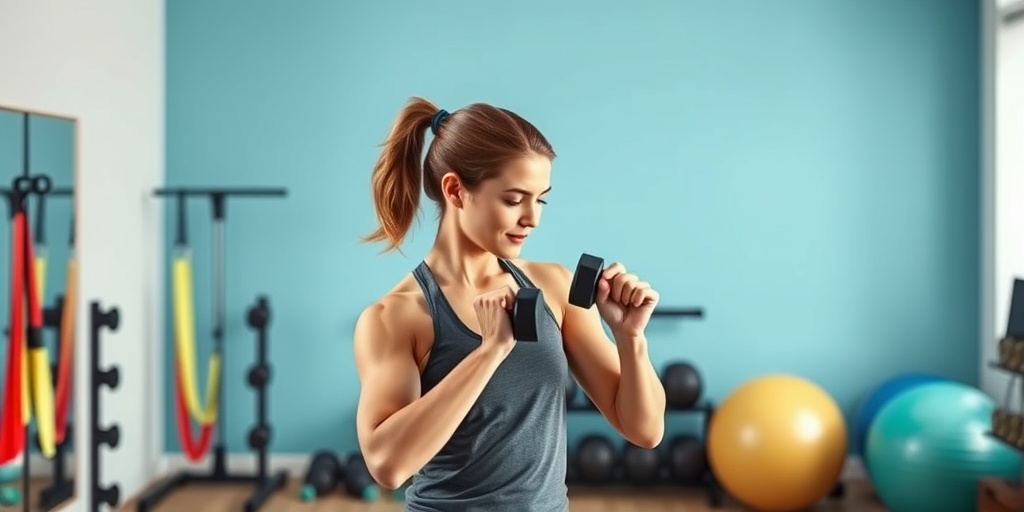
Frequently Asked Questions about Rotator Cuff Rehabilitation
What is Rotator Cuff Rehabilitation?
Rotator cuff rehabilitation refers to the process of restoring strength, flexibility, and function to the shoulder after an injury or surgery involving the rotator cuff. This rehabilitation can include a variety of exercises and therapies tailored to the individual’s needs.
What are some effective rotator cuff rehab exercises?
Effective rotator cuff rehab exercises often include:
- External rotation with resistance bands
- Internal rotation with resistance bands
- Shoulder blade squeezes
- Wall angels
- Scapular push-ups
Always consult with a healthcare professional before starting any exercise program.
What is the typical rotator cuff rehab timeline?
The rotator cuff rehab timeline can vary based on the severity of the injury and whether surgery was performed. Generally, rehabilitation can take anywhere from a few weeks to several months. A typical timeline may look like this:
- Initial phase (0-6 weeks): Focus on pain management and gentle range-of-motion exercises.
- Strengthening phase (6-12 weeks): Gradually introduce strengthening exercises.
- Return to activity (3-6 months): Gradual return to normal activities and sports.
Can I rehabilitate my rotator cuff without surgery?
Yes, many individuals can successfully rehabilitate their rotator cuff without surgery. A rotator cuff rehab protocol non-surgical typically includes physical therapy, exercises, and lifestyle modifications to promote healing and regain strength.
What resources are available for rotator cuff rehab exercises?
There are various resources available, including rotator cuff rehab exercises PDFs and online videos that demonstrate proper techniques. Many physical therapists also provide personalized exercise plans tailored to your specific needs.
How long does rotator cuff rehab take after surgery?
The duration of rotator cuff rehab after surgery can vary significantly based on the extent of the surgery and individual healing rates. Typically, rehabilitation may take 4 to 6 months, with a structured plan to gradually increase activity levels.
Where can I find support or advice on rotator cuff rehab?
Online forums, such as rotator cuff rehab Reddit threads, can provide valuable insights and support from others who have undergone similar experiences. Additionally, consulting with a physical therapist can offer professional guidance tailored to your recovery journey.

